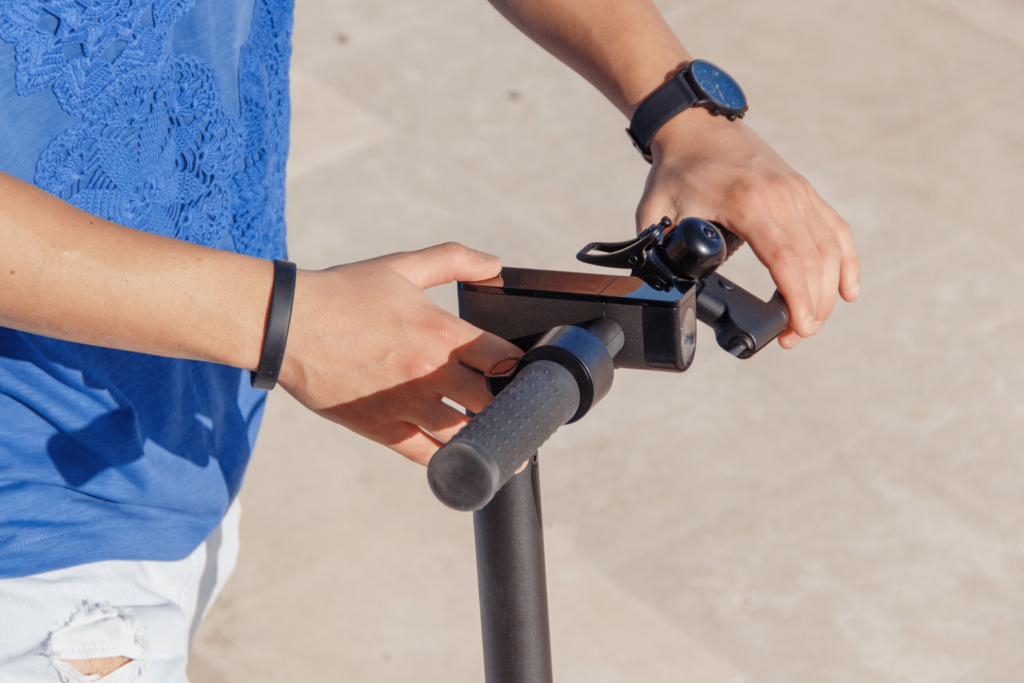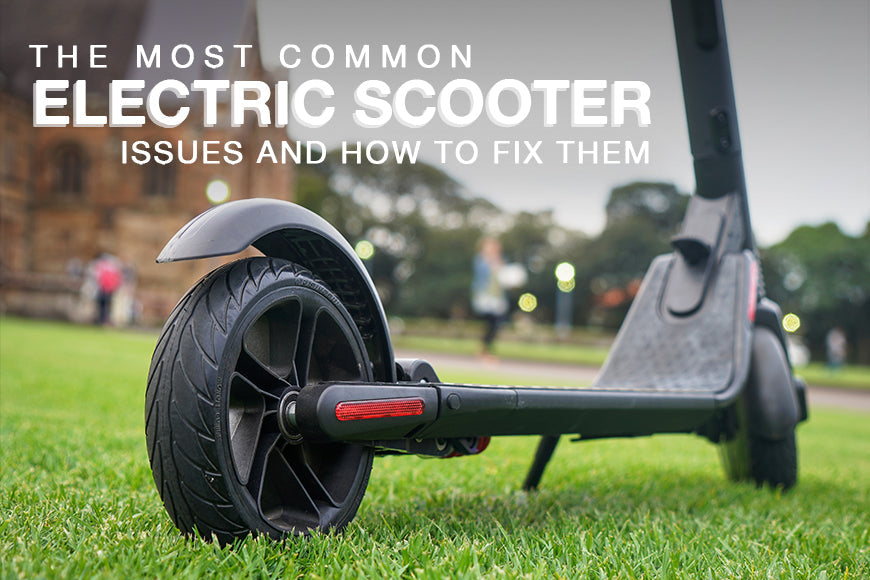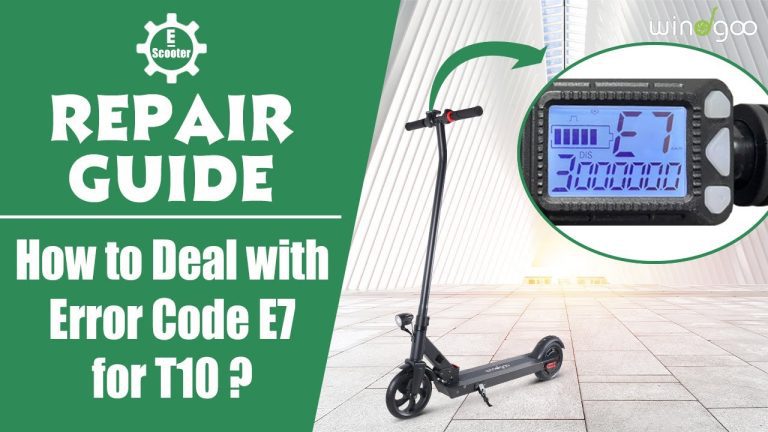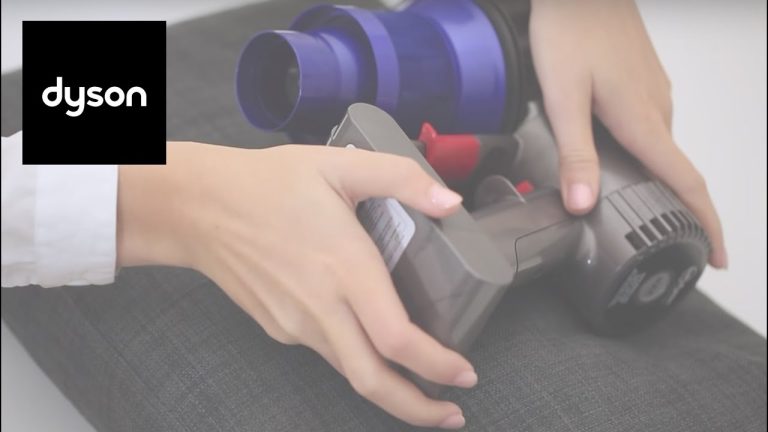How to Fix an Electric Scooter That Won’t Start: Quick Solutions

Check the battery and connections first. Ensure the power switch is on and the fuse is intact.
Electric scooters offer a convenient and eco-friendly mode of transportation. Sometimes, they may not start due to simple issues. Troubleshooting these problems can save time and money. Common reasons for an electric scooter not starting include battery issues, loose connections, or a blown fuse.
Understanding these basics helps in quick diagnosis and repair. Regular maintenance and timely checks can prevent most starting issues. Always keep your scooter in good condition for a smooth ride. Read on for detailed steps to fix a non-starting electric scooter.
Introduction To Electric Scooter Troubleshooting
Regular maintenance is key to keeping your electric scooter in good shape. It helps in avoiding potential problems. A well-maintained scooter is less likely to break down suddenly. Always check your scooter’s parts regularly. This includes the battery, brakes, and tires. Make sure all connections are secure. Clean the scooter to prevent dirt buildup.
Routine checks can save you from unexpected issues. Inspect the battery and charge it fully. Make sure the tires are inflated properly. Check the brakes to ensure they are working well. Tighten any loose screws or bolts. Lubricate moving parts to reduce friction.
Safety is crucial when fixing your scooter. Always wear protective gear like gloves and goggles. Make sure the scooter is turned off and unplugged. Work in a well-lit area. Keep tools handy and organized. Avoid working near water or wet surfaces.

Credit: m.youtube.com
Initial Assessment
Check for visible damage on the scooter. Look at the wires and connectors. Make sure they are not broken. Inspect the tires for any wear and tear. Make sure the brake levers are not stuck. Examine the throttle for any issues.
Ensure the battery is fully charged. Use a multimeter to check the voltage. The voltage should match the scooter’s specifications. If the battery is low, charge it and try again. Look for any corrosion on the battery terminals. Clean the terminals if needed. Make sure the battery connections are tight.
Battery Issues And Solutions
Check if the charger is properly plugged in. Inspect the charging port for dirt or damage. Use a different charger if possible. Look for the charging light on the scooter. If the light is not on, the battery might be faulty.
Purchase the correct battery model for your scooter. Disconnect the old battery carefully. Connect the new battery to the same terminals. Ensure all connections are tight and secure. Dispose of the old battery responsibly at a recycling center.

Credit: www.envirorides.co.uk
Electrical Connection Checks
Check the fuses first. A blown fuse can stop your scooter. Replace it if necessary. Next, inspect the circuit breakers. Press the reset button on the breaker. This might solve the issue. Always keep spare fuses and circuit breakers handy.
Make sure all connectors are clean. Dirt can block the connection. Use a dry cloth to wipe them. Ensure the connectors are tight. Loose connectors can cause problems. Check for corrosion on the connectors. Clean it off with a brush.
Motor And Controller Troubleshooting
Fixing an electric scooter that won’t start involves checking the motor and controller for common issues. Ensure all connections are secure and inspect for any visible damage. Resetting the controller might also help resolve the problem.
Signs Of Motor Failure
Check if the scooter makes strange noises. Unusual sounds can mean motor issues. The scooter might jerk or move slowly. This could be a sign of a motor problem. Inspect for burnt smells near the motor. This may indicate a burnt-out motor. Look for any loose wires around the motor. Loose wires can cause motor failure.
Testing The Controller
Start by turning off the scooter. Disconnect the battery before testing. Use a multimeter to check the voltage. The voltage should match the specifications. Reconnect the battery and turn the scooter on. Test the throttle to see if the scooter moves. If not, the controller may be faulty.
Switches And Buttons
The power switch might be stuck. Check if it clicks properly. Dirt can block the switch. Clean it with a small brush. Sometimes, the power switch gets worn out. Replace the switch if it looks broken. Ensure the wires are connected well. Loose wires can cause issues. Reconnect any loose wires. Make sure the battery is charged. A dead battery won’t let the scooter start.
The throttle might be dirty. Clean the throttle area with a cloth. The brake lever could be stuck. Press the brake lever a few times to release it. Sometimes, the brake sensor is faulty. Check the brake sensor for any damage. A damaged sensor needs replacement. Ensure the throttle wire is not loose. Tighten the wire if needed. The scooter won’t start if the throttle is broken. Replace the throttle if it doesn’t work.
Firmware And Software Glitches
Updating the firmware can fix many issues. Connect your scooter to a computer. Download the latest firmware from the manufacturer’s website. Follow the instructions to install it. Make sure the battery is fully charged. Don’t disconnect during the update.
Sometimes, a simple reset can solve the problem. Find the reset button on your scooter. Press and hold the button for a few seconds. Release the button once the lights flash. Check if the scooter starts now. Charge the scooter fully if it still doesn’t work.
Professional Help And Repair Services
Fixing an electric scooter that won’t start often requires professional help and repair services. Expert technicians can diagnose and resolve electrical issues efficiently, ensuring your scooter runs smoothly.
When To Seek Professional Help
Sometimes, fixing an electric scooter yourself can be tough. If basic troubleshooting doesn’t work, it might be time for a pro. Complex issues like motor failures or electrical problems need expert hands. Professional help ensures safety and prevents further damage. Skilled technicians have the right tools and knowledge. They diagnose issues accurately and fix them quickly. This saves you time and stress.
Finding A Reliable Service Center
Finding a trustworthy service center is important. Look for certified technicians with good reviews. Check for warranties on the repairs they offer. A reliable center should use genuine parts. Ask friends or search online for recommendations. Ensure the service center specializes in electric scooters. This guarantees they understand your scooter’s needs.
Prevention And Regular Maintenance
Always inspect your electric scooter. Check the battery regularly. Ensure all connections are tight. Look for any damage on the wires. Test the brakes to make sure they work. Clean the scooter to keep it in good shape. Lubricate the moving parts. Keep your scooter in a dry place. Charge the battery fully before storing. Avoid overcharging. Regular check-ups can prevent many issues.
Store your scooter in a cool and dry place. Avoid extreme temperatures. Charge the battery at least once a month. Use the original charger to prevent damage. Inspect the tires for wear and tear. Replace them if needed. Keep the scooter clean to avoid rust. Check the brakes and adjust them if needed. Always use quality replacement parts. Following these tips will extend your scooter’s life.

Credit: www.mearth.com.au
Conclusion
Fixing an electric scooter that won’t start can be simple. Follow the steps we’ve outlined to diagnose and repair. Regular maintenance can prevent many issues. Always consult your scooter’s manual for specific instructions. By doing so, you ensure a smooth and enjoyable ride every time.



